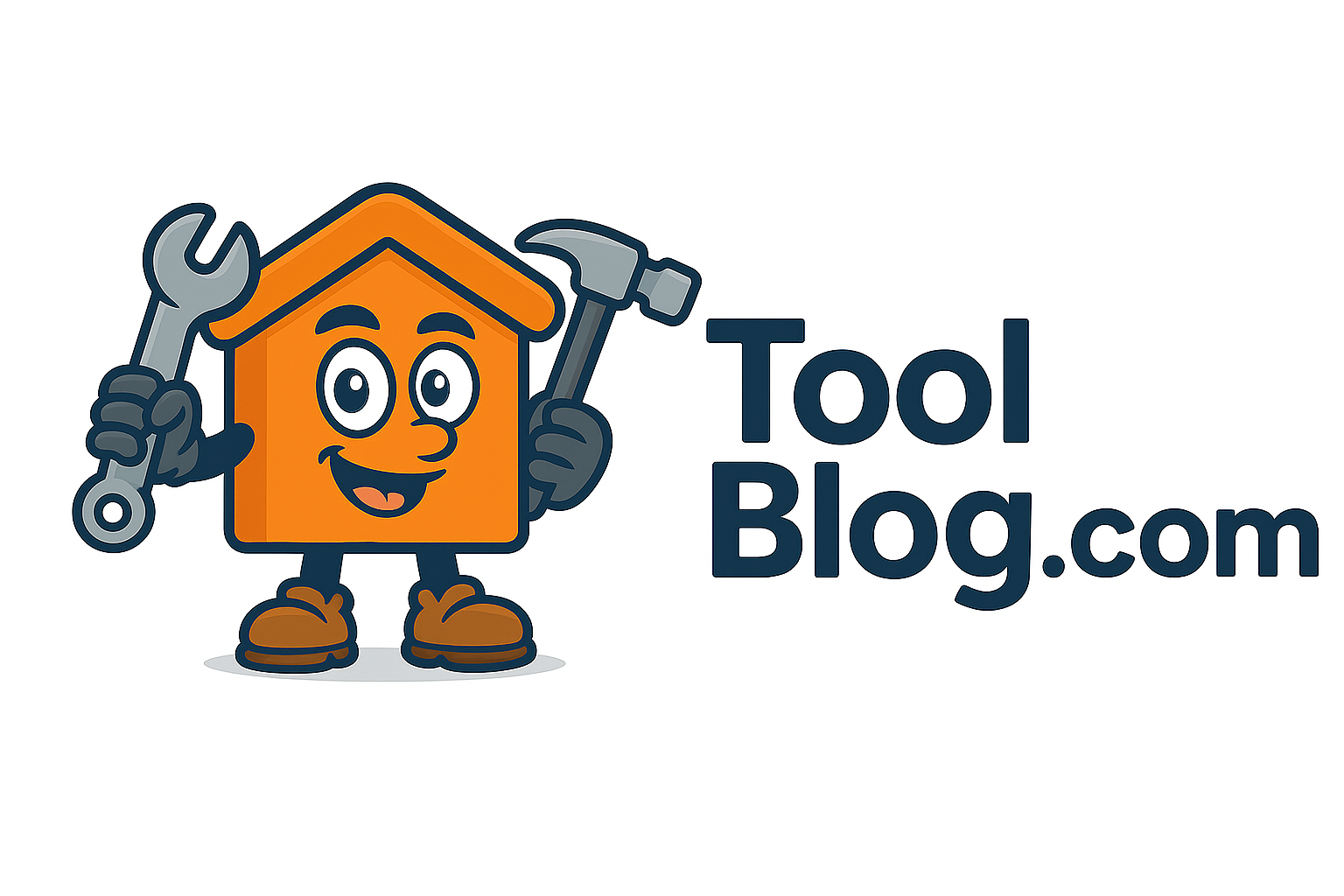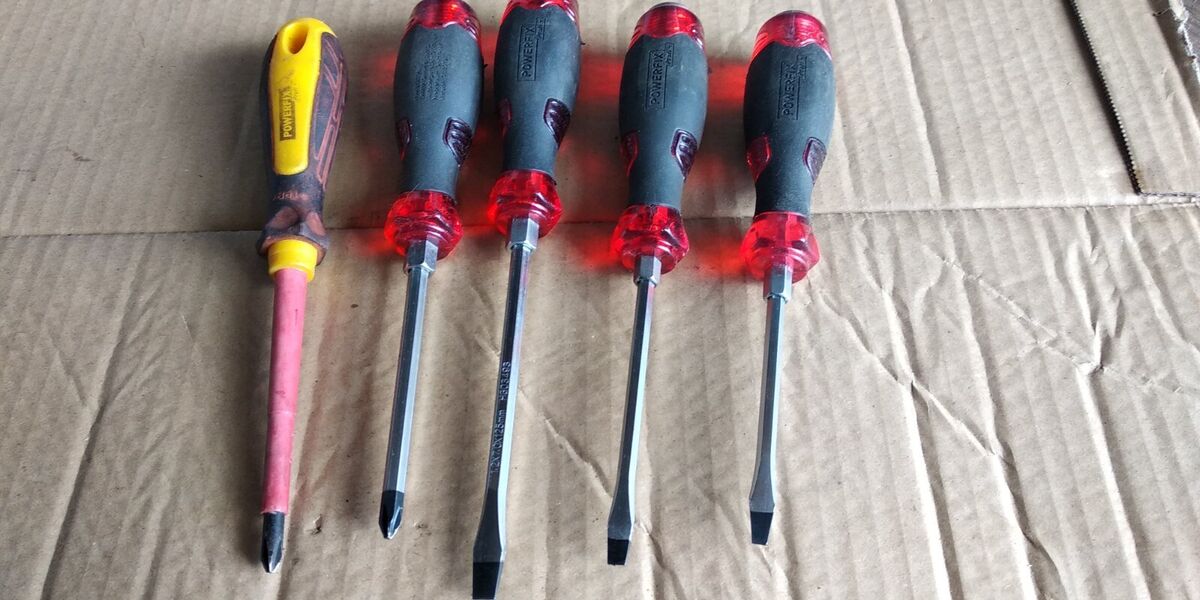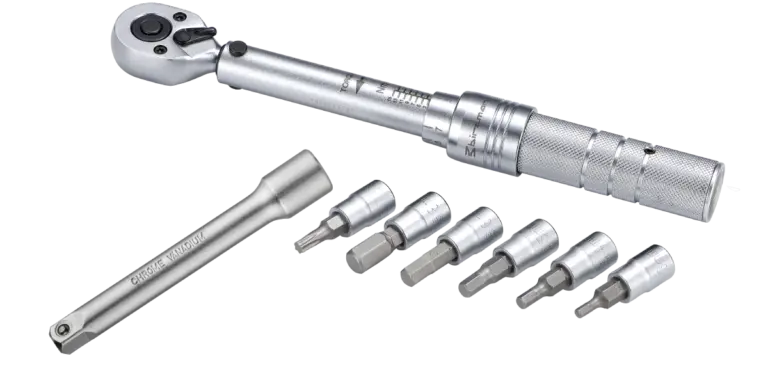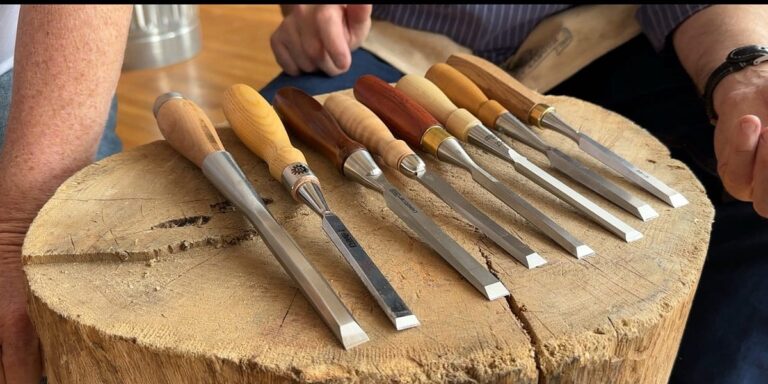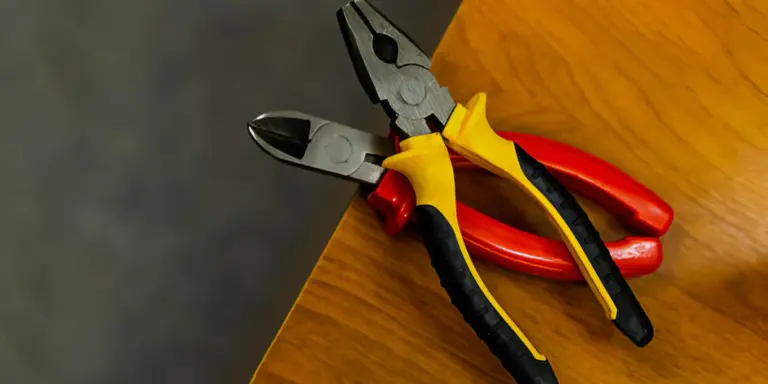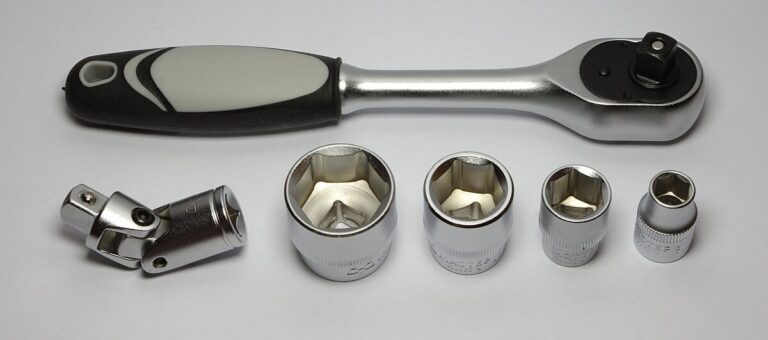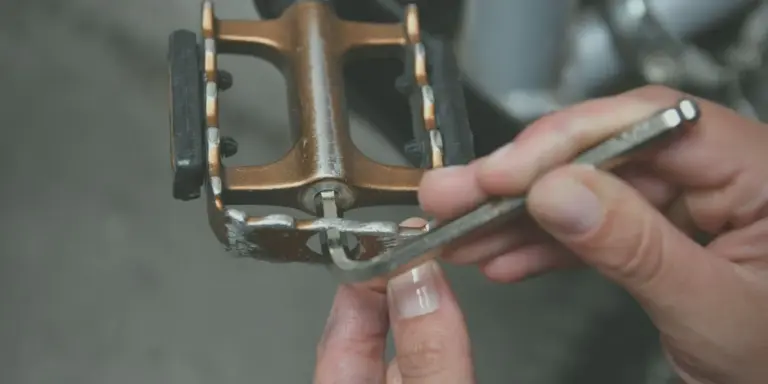Magnetic Screwdrivers: Are They Worth It
Working on DIY projects around the house, in the garage, or even under the hood of a car, one of the tools I constantly reach for is the screwdriver. Whether it’s tightening cabinet hinges, installing light switches, or fixing electronics, screwdrivers are an everyday necessity. Over time, I discovered a version of this classic tool that made my jobs a whole lot easier: magnetic screwdrivers. They seemed like a gimmick at first, but after giving them a shot, I realized they might be one of the most useful innovations in hand tools.
In this article, I’ll dive deep into what magnetic screwdrivers are, how they work, where they shine, where they don’t, and ultimately answer the question: are they worth it? I’ll walk you through practical use cases, potential drawbacks, and tips for choosing the right set, all based on hands-on experience in the workshop and around the house.
What Makes a Screwdriver Magnetic?
A magnetic screwdriver looks just like any regular screwdriver. The key difference lies in the tip—it’s been magnetized, typically through exposure to a strong magnetic field. This magnetism allows it to hold metal screws in place without the need for constant finger support. Some are permanently magnetized during manufacturing, while others use detachable magnetizing sleeves or inserts.
This one small tweak can make a big difference when working in tight spaces, on vertical surfaces, or with tiny screws. I’ve had screws fall into vents, under appliances, or disappear into engine bays more times than I can count. A magnetic tip helps eliminate that problem and adds a level of control that’s tough to beat.
Benefits of Using Magnetic Screwdrivers
The advantages of magnetic screwdrivers become clear the moment you start using one for any job that involves more than just screwing something into a block of wood on a table. Here are a few of the major benefits I’ve noticed:
Easier One-Handed Operation
One of the best things about magnetic screwdrivers is the ability to hold a screw on the tip without needing to use your other hand. That means I can hold the screwdriver in one hand and use the other to position a panel, hold a bracket, or balance a part. It’s incredibly useful when I’m working in awkward spaces or up a ladder.
Great for Tight and Vertical Spaces
If you’ve ever tried driving a screw into a wall corner, ceiling, or behind a cabinet, you know how frustrating it can be. A regular screwdriver demands two hands: one to steady the screw and one to turn. With magnetic screwdrivers, I can start the screw with the driver already loaded, which simplifies the process significantly and prevents a lot of dropped hardware.
Reduces Lost Screws
This one’s huge. Screws are small, slippery, and prone to disappearing. A magnetic screwdriver minimizes drops, especially during start-up or final tightening. In my experience, they also help when removing screws since they often come out stuck to the driver, avoiding the common issue of a falling fastener.
Better for Precision Work
When dealing with electronics, computer builds, or home appliances, a magnetic screwdriver can be invaluable. These projects often involve tiny screws that are difficult to handle, and magnetism keeps them from vanishing mid-job. I’ve used mine for phone repairs, laptop upgrades, and game controller fixes—each time saving me from chasing runaway screws.
Where Magnetic Screwdrivers Fall Short
Despite all the upsides, magnetic screwdrivers aren’t perfect. There are a few scenarios where they either fall short or need to be used carefully.
Interference with Sensitive Electronics
Magnetism and electronics don’t always play nicely. While modern electronics are generally safe from small magnetic fields, I’m still cautious when working near hard drives, magnetic sensors, or sensitive circuits. If I’m handling components that could potentially be affected, I switch to a non-magnetic driver for that part of the job.
Can Attract Metal Shavings
Another issue I run into is that magnetic screwdrivers tend to pick up metal debris. This becomes especially noticeable after drilling or cutting. Little shavings cling to the tip and can get in the way of a clean screw connection. I usually keep a clean rag nearby to wipe them down frequently when doing metal-heavy work.
Weak Magnetism in Cheaper Models
Not all magnetic screwdrivers are created equal. Some cheaper sets have such weak magnets that the screw still falls off the tip with the slightest bump. That’s why it’s important to choose a high-quality brand or at least test the strength before relying on them in demanding projects.
Where I Use Magnetic Screwdrivers the Most
Across dozens of projects, I’ve learned where magnetic screwdrivers really earn their place in my toolbox.
Light Switches and Electrical Panels
Working with wires and outlets, I often only have one hand free. Being able to load a screw onto the driver and get it started without dropping it saves me time and frustration. It’s especially useful in older homes where the boxes are small and awkwardly placed.
Assembling Flat-Pack Furniture
DIY furniture is notorious for tiny screws and tricky assembly angles. Magnetic screwdrivers simplify the process by keeping fasteners exactly where I want them—on the tip of the driver until they’re securely started.
Automotive Repairs
Engine bays, undercarriages, and dashboards are full of tight spots and sensitive areas. Magnetic screwdrivers let me place and retrieve fasteners with more precision. I’ve even used them to “fish out” a screw that dropped into a narrow gap.
Home Appliance Repairs
Dishwashers, washing machines, and refrigerators have many small panels held together by screws that are easy to misplace. The magnetized tip keeps everything together and reduces the risk of losing hardware inside a hard-to-access component.
Types of Magnetic Screwdrivers Available
If you’re thinking about picking up a set, it’s worth knowing the different types and styles available. I’ve used all of the following over the years and found that each type suits different needs.
Traditional Magnetic Screwdrivers
These are standard drivers with magnetized tips. You can find them in sets or individually, often color-coded or sized by handle. I keep a few in my workshop and tool belt at all times.
Precision Magnetic Screwdriver Sets
Designed for electronics, eyeglasses, or small appliances, these come with very fine tips and interchangeable bits. My go-to kit for laptops and phones is a compact precision magnetic set with a rotating cap for smooth control.
Magnetic Bit Holders for Power Tools
If you use a drill or electric screwdriver, magnetic bit holders can turn any bit into a magnetized driver. They’re especially helpful for drywall screws, decking, or larger framing jobs. I rely on these during larger home improvement tasks where speed and strength are critical.
Magnetizing Tools
Some sets come with small tools that let you magnetize or demagnetize any screwdriver. I’ve used these to convert my regular drivers into magnetic ones when needed. It’s a great way to customize your existing tool collection without investing in all-new gear.
Tips for Choosing a Quality Set
Choosing the right magnetic screwdriver comes down to your specific needs and how often you’ll use them. Here’s what I look for when shopping around:
- Strong magnetism: Test how well the tip holds different sizes of screws before buying, if possible.
- Comfortable grip: A handle with a rubber or molded grip improves control and reduces fatigue during long jobs.
- Durability: Chrome vanadium or high-carbon steel shafts are tough and hold their shape over time.
- Variety of sizes: A well-rounded set should include a mix of Phillips, flathead, and specialty tips in various lengths.
- Precision or general use: For home electronics, get a precision set; for general repairs, go with a standard or heavy-duty kit.
Brands like Wiha, Wera, Klein Tools, and Craftsman offer solid options in a range of prices. I’ve had good luck with these brands for both light-duty and heavy-use situations.
Maintaining Magnetic Screwdrivers
Proper maintenance ensures that magnetic screwdrivers stay effective and safe to use.
- Keep them clean. Wipe down tips after every project to remove metal debris or oil.
- Store with care. Don’t store near sensitive electronics or magnetic storage media.
- Re-magnetize when needed. Some tips can lose strength over time but can be recharged using a magnetizer tool.
- Inspect regularly. Check for wear at the tip, as rounded or damaged tips can strip screws and become a hazard.
With a little care, a good magnetic screwdriver can last years and remain one of your most trusted DIY tools.
So, Are Magnetic Screwdrivers Worth It?
After using them for just about every type of project—woodworking, home repairs, electronics, automotive—I’d confidently say yes, magnetic screwdrivers are worth it. They’re not just a gimmick or novelty. They solve real-world problems: reducing dropped screws, allowing one-handed operation, speeding up assembly, and helping in tight or awkward spaces.
While they’re not perfect for every situation and should be used with some caution around sensitive electronics, the benefits far outweigh the downsides for most tasks. If you’re building out your tool kit or upgrading your existing one, a magnetic screwdriver set is a smart and affordable addition that will pay off quickly in convenience and efficiency.
I now make sure I have at least one good magnetic screwdriver in every tool bag I use regularly. Once you’ve used one in a tricky situation, it’s hard to go back. Whether you’re fixing up your home, assembling new gear, or getting into auto repair, magnetic screwdrivers just make the job easier—and that’s what good tools are all about.
